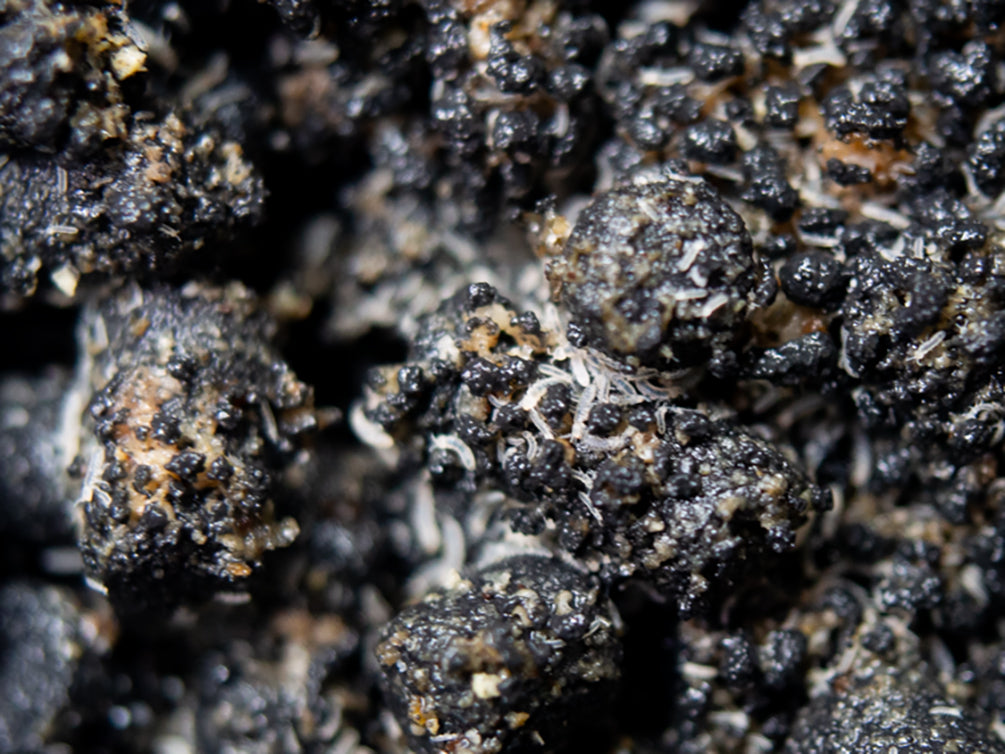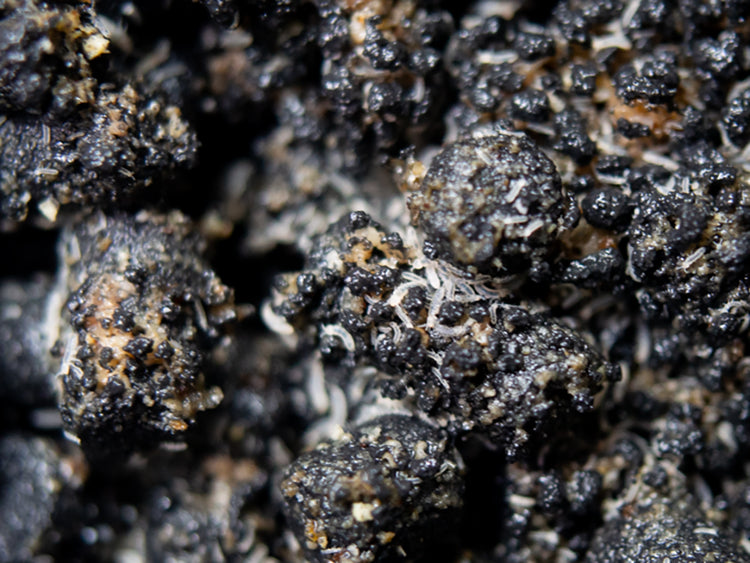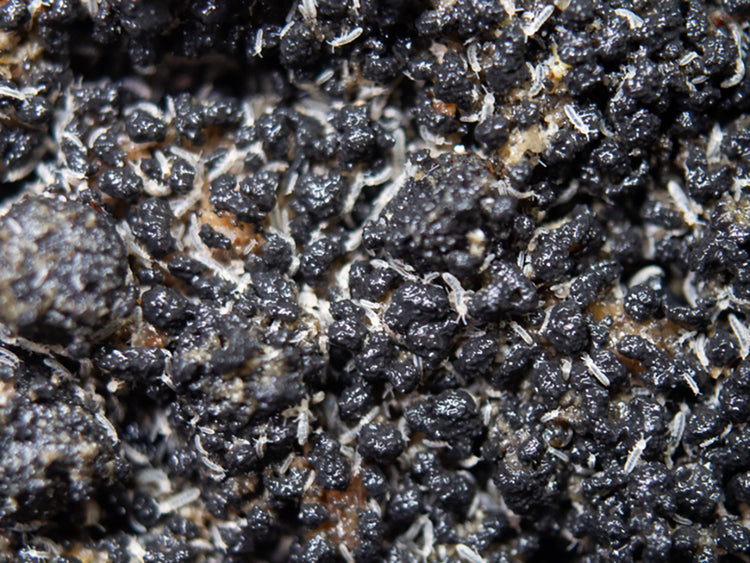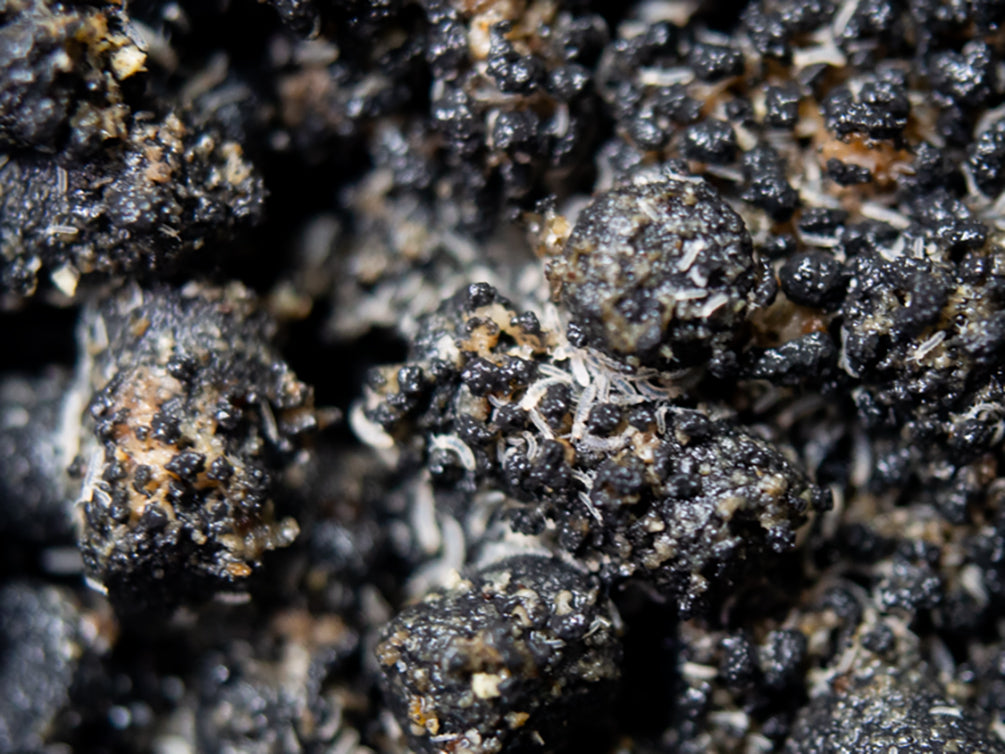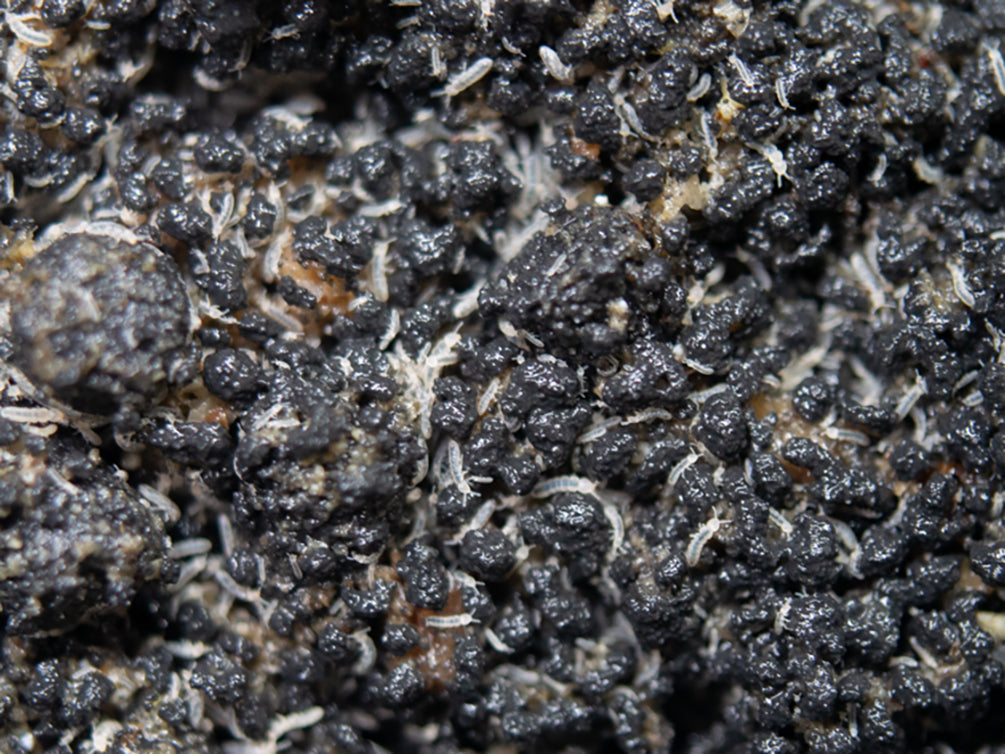White Tropical Springtails (Collembola springtails sp.) - Bred by: Aquatic Arts
- In stock, ready to ship
- Backordered, shipping soon
Explore the Magic of White Tropical Springtails - Bred by Aquatic Arts
Delve into the realm of vivarium biodiversity with our White Tropical Springtails, expertly cultivated by Aquatic Arts. These tiny yet dynamic organisms, scientifically classified as Collembola springtails sp., serve as invaluable additions to any terrarium or vivarium setup. With their vibrant white coloration and active nature, these springtails contribute to the overall health and equilibrium of your miniature ecosystem.
Features:
- Vibrant Appearance: Our White Tropical Springtails exhibit a pristine white hue, adding a touch of purity and elegance to your terrarium environment. Their small size and bright color make them easily visible against contrasting substrates, enhancing the visual appeal of your setup.
- Bioactive Champions: White Tropical Springtails are natural decomposers, aiding in the breakdown of organic matter within the terrarium. By consuming detritus and decaying plant material, they assist in nutrient cycling and waste management, promoting a cleaner and more balanced ecosystem.
- Versatile Compatibility: These springtails adapt seamlessly to a variety of terrarium conditions, thriving in both tropical and temperate environments. Whether you maintain a lush rainforest habitat or a desert-themed enclosure, White Tropical Springtails prove to be resilient and adaptable inhabitants.
- Population Sustainability: With proper care, White Tropical Springtails readily reproduce, ensuring a self-sustaining population within your terrarium. Their prolific breeding habits contribute to the ongoing maintenance of a healthy and thriving ecosystem.
- Safe Coexistence: White Tropical Springtails are harmless to other terrarium inhabitants, including amphibians, reptiles, and live plants. Their presence contributes to the overall balance and harmony of the vivarium, fostering a more natural and sustainable habitat.
Specifications:
- Species: Collembola springtails sp.
- Common Name: White Tropical Springtails
- Bred by: Aquatic Arts
- Size: Adults typically measure between 0.5mm to 1mm in length, making them ideal for small-scale terrarium environments.
- Quantity: Available in convenient packs to suit the needs of your terrarium setup.
Care Guidelines:
- Substrate: Provide a substrate rich in organic matter, such as coconut fiber or peat moss, to support the springtails' natural foraging and breeding activities.
- Humidity: Maintain moderate to high humidity levels within the terrarium to ensure the well-being of the springtails. Regular misting and the use of a hygrometer can help monitor humidity levels effectively.
- Feeding: White Tropical Springtails primarily feed on decaying plant matter, algae, and fungal hyphae present in the terrarium. Supplement their diet with specialized springtail food or yeast-based products to support their nutritional needs.
- Habitat: Create a diverse and naturalistic environment with ample hiding places, moisture-retaining areas, and organic debris to mimic their native habitat and encourage breeding behavior.
Enrich your terrarium experience with the addition of White Tropical Springtails from Aquatic Arts. With their aesthetic appeal and beneficial contributions to terrarium health, they are sure to become valued members of your miniature ecosystem.
Experience the wonders of biodiversity with Aquatic Arts - where nature thrives in harmony.
Keeping Springtails with Isopods in a terrarium offers several benefits that contribute to the overall health and balance of the ecosystem:
-
Waste Management: Both Springtails and Isopods are efficient decomposers, feeding on decaying organic matter such as fallen leaves, dead plant material, and feces. By consuming and breaking down this waste, they help to recycle nutrients back into the soil, promoting a cleaner and healthier environment for terrarium inhabitants.
-
Nutrient Cycling: Springtails and Isopods play essential roles in nutrient cycling within the terrarium ecosystem. As they consume organic matter, they excrete nutrient-rich waste that enriches the substrate. This process helps to replenish essential nutrients in the soil, benefiting live plants and fostering a more balanced and sustainable ecosystem.
-
Aeration of Substrate: Both Springtails and Isopods burrow and move through the substrate, helping to aerate it in the process. This improves soil structure, enhances drainage, and promotes the circulation of air and water within the terrarium substrate, creating optimal conditions for plant roots and beneficial microorganisms.
-
Pest Control: Springtails and Isopods can help control populations of harmful pests such as fungus gnats, mites, and certain types of harmful fungi. By consuming the larvae of these pests and competing with them for food sources, Springtails and Isopods help to prevent infestations and maintain a healthier terrarium environment.
-
Natural Behavior Stimulation: The presence of Springtails and Isopods in the terrarium provides naturalistic enrichment for other inhabitants such as reptiles, amphibians, and small invertebrates. These organisms may exhibit natural foraging behaviors in response to the presence of Springtails and Isopods, promoting mental stimulation and overall well-being.
-
Population Control: Springtails and Isopods can help regulate their own populations within the terrarium through natural mechanisms such as competition for resources and predation on eggs and juveniles. This self-regulation helps prevent overpopulation and ensures a balanced and sustainable ecosystem over time.
In summary, keeping Springtails with Isopods in a terrarium creates a synergistic relationship where both species contribute to waste management, nutrient cycling, substrate aeration, pest control, and natural behavior stimulation. By fostering a bioactive ecosystem, terrarium keepers can create a healthier and more sustainable environment for all inhabitants to thrive.
Keeping Springtails with Vampire Crabs in a terrarium offers several benefits that contribute to the overall health and well-being of the ecosystem:
-
Waste Management: Springtails are efficient decomposers, feeding on decaying organic matter such as fallen leaves, dead plant material, and feces. By consuming and breaking down this waste, they help to recycle nutrients back into the soil, promoting a cleaner and healthier environment for Vampire Crabs and other terrarium inhabitants.
-
Nutrient Cycling: Springtails play a crucial role in nutrient cycling within the terrarium ecosystem. As they consume organic matter, they excrete nutrient-rich waste that enriches the substrate. This process helps to replenish essential nutrients in the soil, benefiting live plants and fostering a more balanced and sustainable ecosystem.
-
Pest Control: Springtails can help control populations of harmful pests such as fungus gnats, mites, and certain types of harmful fungi. By consuming the larvae of these pests and competing with them for food sources, Springtails help to prevent infestations and maintain a healthier terrarium environment for Vampire Crabs.
-
Substrate Aeration: Springtails burrow and move through the substrate, helping to aerate it in the process. This improves soil structure, enhances drainage, and promotes the circulation of air and water within the terrarium substrate, creating optimal conditions for plant roots and beneficial microorganisms, as well as providing an interesting environment for Vampire Crabs to explore.
-
Naturalistic Enrichment: The presence of Springtails in the terrarium provides naturalistic enrichment for Vampire Crabs. The crabs may exhibit natural foraging behaviors in response to the presence of Springtails, promoting mental stimulation and overall well-being.
-
Population Control: Springtails can help regulate their own populations within the terrarium through natural mechanisms such as competition for resources and predation on eggs and juveniles. This self-regulation helps prevent overpopulation and ensures a balanced and sustainable ecosystem over time.
In summary, keeping Springtails with Vampire Crabs in a terrarium creates a symbiotic relationship where Springtails contribute to waste management, nutrient cycling, pest control, substrate aeration, and naturalistic enrichment, ultimately promoting the health and vitality of the entire ecosystem.
.
For the safety of our animals, we only ship live fish, crabs, and select other inverts exclusively via UPS 1 Day Air. If your order contains this item, you will only see UPS 1 Day Air as a shipping option during checkout. If other items are in your cart that can ship with 2 day or standard shipping options the only shipping method you can still select is UPS 1 Day Air.
UPS 1 Day is a description of the duration of time a shipment will spend in transit once it has been shipped. This does not guarantee the package will be shipped the same or next day from which the order was placed.
Shipping Schedule for this service
Current Handling Time:
1-9 business days
Here at Aquatic Arts, we consider the welfare of the live animals we are shipping to be of the foremost importance. This process is much more involved than simply creating a shipping label and affixing it to a box. Depending on the order, it takes from 4 to 7 people to complete this process properly. We check the weather conditions here where they fly out of the Indianapolis UPS facility and the destination for each shipment. We start early each morning and go through a multi-step process to have the day's shipments prepared in time for the UPS pickup. The volume of orders in our system also affects the processing time. Therefore our stated handling time is 1-9 business days.
Shipping Rate
Pricing is by size of package needed to fill entire order and distance it must travel. It will be calculated at checkout.



